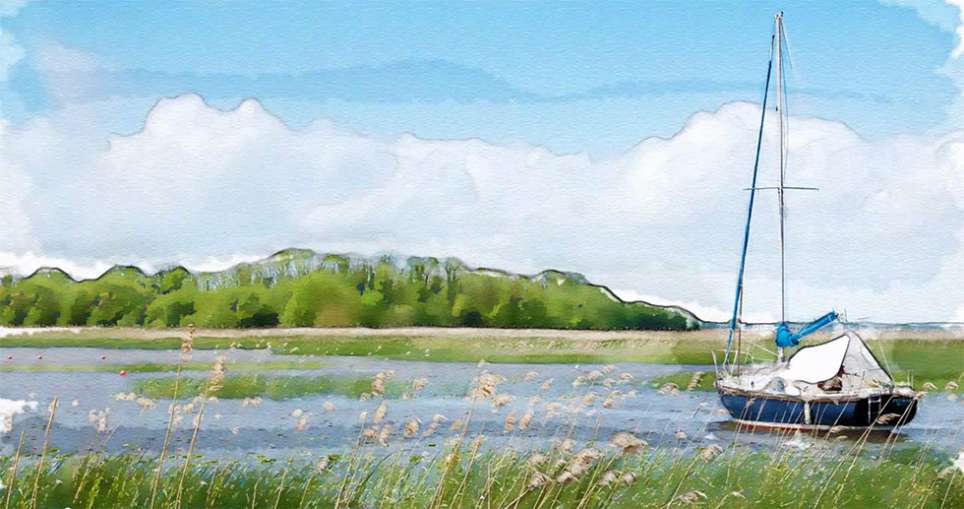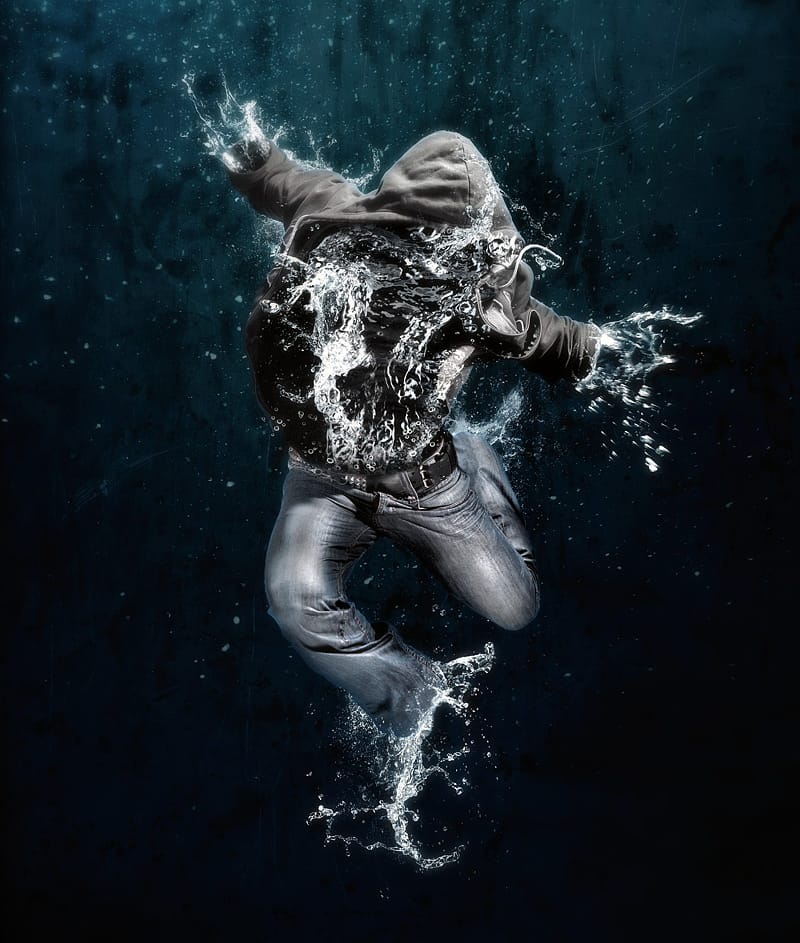Creating realistic water reflections can transform a simple photo into a captivating scene. This effect adds depth and dynamic visual interest, making images more immersive and believable.
This tutorial provides a clear, step-by-step approach to master the art of digital water reflections from the ground up, ensuring your results look naturally integrated into your photos.
Watch the Video
Understanding the Power of Displacement Maps in Digital Art
In digital image manipulation, achieving true realism often hinges on simulating natural phenomena, and water reflections are a prime example. Beyond simply duplicating and flipping an image, the key to creating a believable water surface lies in distorting the reflection to mimic the subtle, irregular movement of water. This is where displacement maps become indispensable.
A displacement map is a grayscale image where different shades of gray instruct Photoshop to shift pixels in the main image. For water, a map with varying noise and blur patterns can translate into ripples and waves. Darker areas might push pixels in one direction, while lighter areas push them in another, creating the illusion of depth and texture on a flat surface. This technique provides a level of detail and authenticity that simple filters cannot replicate.
The power of a displacement map extends beyond water, making it a versatile tool for various effects like fabric textures, glass distortions, or even creating digital terrain. It's a fundamental concept for artists seeking to add an organic, dynamic quality to their digital creations, allowing precise control over how light and form interact with simulated surfaces.
Practical Tips for Realistic Water Reflections
- Set your image resolution to 150 pixels per inch to ensure sufficient detail and maintain image quality throughout the process.
- Convert your photo into a Smart Object early on; this preserves the original image data and allows non-destructive modifications.
- Utilize Photoshop's "Snap" feature (found under the View menu) for precise alignment when transforming and duplicating layers, ensuring clean edges.
- Employ a Black to Transparent gradient on layer masks to control the blur and transparency of the reflection, allowing it to fade naturally as it approaches the "shoreline."
- Create a dedicated displacement map PSD with noise, Gaussian blur, and embossing effects to generate realistic, organic ripple patterns for your water surface.
More Tutorials about Water Effects and Photo Manipulation
Explore additional techniques to enhance your images with captivating water effects and advanced photo manipulation.

















Member discussion